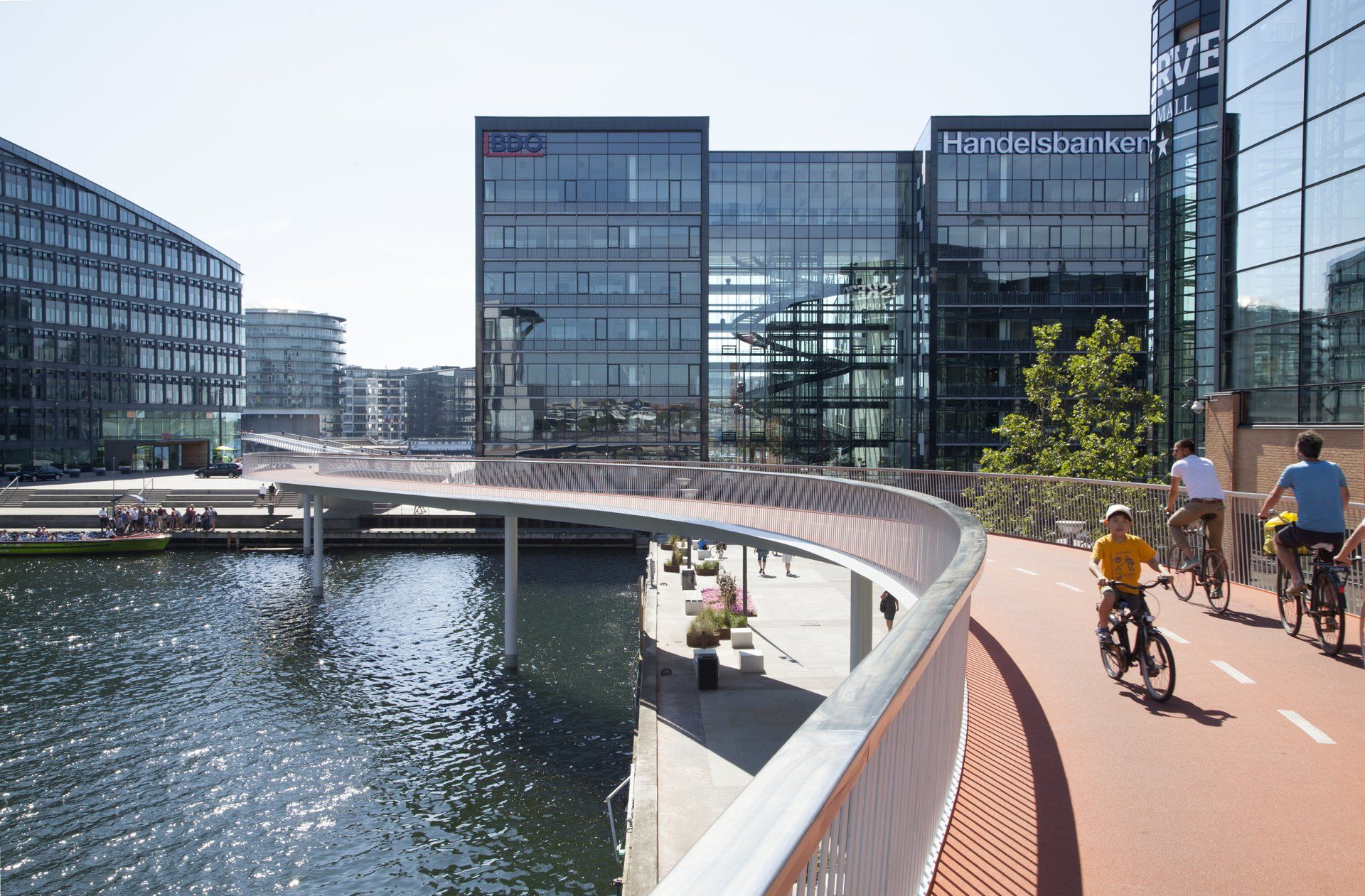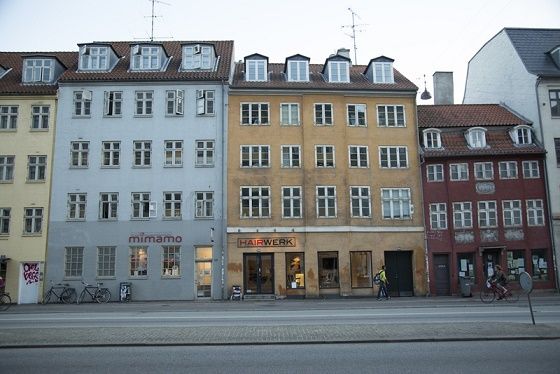In the fallout since the destruction of Marius the giraffe by Copenhagen Zoo on Sunday, international media and online commentators have found it difficult to understand why the creature was subjected to an autopsy before being fed to the lions – all before an audience mainly consisting of children.
But an associate professor in children’s development at the University of Copenhagen, Karen Pernille Hviid, believes that there is a good reason to introduce children to the shadier sides of wildlife.
“In general, I think it is part of good breeding that children learn about the food chain and about the connection between animals,” she told The Copenhagen Post.
“Through nature programmes children can for example learn how cute deers are snatched by crocodiles, and in schools they cut up dead frogs, which is part of the learning programme.”
“Parents should be ashamed”
Like on many other news sites, the killing of Marius generated a heated debate at cphpost.dk, and many were particularly appalled that children were invited to witness the autopsy of the animal.
“What kind of country invites the public, including children, to watch this barbaric act of the destruction of a healthy, young animal?” wrote Eileen Kerr, a visitor to the site.
“Then to watch as it is dissected and fed to other animals! Someone, somewhere in authority, should remove the person who made this decision from their job. Shame on everyone involved in the destruction of this animal.”
Another commenter, Andrew Steven Jones, agreed. “Those parents should be utterly ashamed of themselves,” he said.
As did another, David Tidmore: “I agree 100 percent! The weird part is some parents are glad their kids witnessed it and think it is good for them. I understand kids do not fully grasp everything, but they are not stupid either.”
Not Disney-animals
For Hviid, the debate illustrates the clash between two different perspectives and how we have developed an unnatural relationship with animals.
“One perspective is the scientific approach, which the zoo wants to spread, and the other is our own experiences in which we conceive animals as pets,” she said.
“A young giraffe with big brown eyes has a natural appeal to us humans, but if you as parents expect Disney animals when you go to the zoo, then maybe you should not go there. I think it is an important debate to have.”
 (Picture: Scanpix/Kasper Palsnov)
(Picture: Scanpix/Kasper Palsnov)
She stresses that it is important that children are introduced to the wildness of the animals at a zoo.
“I would think that Copenhagen Zoo has a very good pedagogical understanding and that they act thoughtfully,” she argued.
“In any case, it is important to make the right setting and to talk with the children beforehand so they are prepared – particularly city kids who are not used to wild animals and are especially not from the Savannah. But if it has been announced properly by the zoo, I do not find it offensive.”
Zoo: Obligation to show nature
On the Copenhagen Zoo’s Facebook page, the zoo tried to explain its decision to invite children to the dissection of the giraffe and the subsequent feeding of its meat and carcass to the lions.
“Our experience is that an increasingly large part of the population is becoming more and more alienated from nature,” it stated.
“We want to portray nature the way it really is instead of the way it is presented in many cartoons. Predators eat meat and that meat used to be a living animal with skin, hair and bones. Watching them feeding on a carcass is a rare opportunity and not something that the zoo wishes to hide away as they do in many American zoos.”
International media has also been curious to learn why the zoo chose to let children witness the event. CNN anchor Jonathan Mann asked the zoo’s scientific director Bengt Holst if the children had cried. According to Holst this was not the case. “The crowd was very enthusiastic and the kids asked good questions,” he said.
The zoo’s spokesperson Tobias Stenbæk Bro also defended the choice to the news agency AP. “I’m actually proud because I think we have given children a huge understanding of the anatomy of a giraffe that they wouldn’t have had from watching a giraffe in a photo,” he said.
Dangerous to name animals
The big stir caused by the death of the giraffe has without doubt come as a surprise to Copenhagen Zoo. The question is how the destruction of a single giraffe can create so much outrage both domestically and internationally.
According to a professor in animal ethics at the University of Copenhagen, Peter Sandøe, some of the attention could have been avoided if the giraffe had been nameless.
 (Picture: Scanpix/Keld Navntoft)
(Picture: Scanpix/Keld Navntoft)
“The name Marius has strengthened the image of him as a collective family animal. And when he is slaughtered without being ill, it can awake some strong emotions,” he told Berlingske newspaper.
He added that the giraffe is high on the list of animals we care about, whereas animals like pigs are near the bottom.
“Pigs are just a number. They are animals we keep our distance from in order to eat or sell them,” he said.
Lion cut open in Odense
Odense Zoo recently invited children to see a young lion being cut open, which caused excitement among the kids. The lion had been killed because the lions had produced too many cubs for the zoo to handle, but the dissection did not evoke any debate.
The team leader at the zoo, Michael Wallberg Sørensen, explained to fyens.dk that it would have made the same decision in the case about Marius, and that he views it as normal procedure that visitors can witness a dissection.
“Recently we had a lion dissection in front of an audience,” he told fyens.dk. “We have nothing to be ashamed of. We are a good zoo and we learn something new every time we dissect an animal.”













